Earn $10 Millions Now: Basic to Advance Rare Coins Guide: The introduction emphasizes how everyone has spare change at home, and how hidden treasures might be in those coins. Numismatics is described as an exciting and rewarding hobby that can lead to finding coins worth much more than their face value. It encourages patience and perseverance in the hunt for collectible coins.
The Tools of the Trade
To get started in coin hunting, it’s essential to have the right tools:
- A clutter-free workspace with good lighting to avoid missing minute details.
- A magnifying glass or loupe (ideally 7X to 14X magnification) to spot imperfections and die variations.
- Reference books like A Guide Book of United States Coins (the Red Book) and The Cherrypickers’ Guide to help identify valuable coins and error types.
Where to Find Coins
There are many sources to find coins to examine:
- Checking your own change in your pockets or jars.
- Asking friends and family to let you look through their change.
- Purchasing coins in bulk from banks, especially coin rolls, can be a cost-effective way to find hidden gems.
- It’s important to know how to differentiate between damage caused by circulation and actual mint errors that may increase a coin’s value.
Coin Shows & Dealing with Dealers
Coin shows are great places for collectors to buy, sell, and interact with dealers. Small local shows are recommended for beginners, as they are less overwhelming. Collectors are advised to be cautious with dealers who may not be open to discussing certain rarities or varieties.
The Start of a Numismatic Journey
Many collectors start by keeping interesting or unique coins they come across in their daily lives. These might include coins from vacations or gifts. The journey can be a slow process, with the thrill of the hunt being more important than immediate returns. Research and patience are key.
What to Look For
When examining coins, look for:
- Unusual shapes, colors, or designs.
- Key dates or mintmarks that might indicate valuable coins, like the 1932 Washington Quarter with specific mintmarks.
- Older coins might seem valuable but are not always so—rarity and demand determine a coin’s value.
- Damaged coins might appear to be mint errors but could be simply worn out from circulation.
The “P-D-S” System of Error Coins
This system classifies errors into three types:
- Planchet Errors: Issues with the coin blank itself, like improper shape or metal mix.
- Die Errors: Problems with the dies used to strike the coins, resulting in cracks or cuds (extra metal blobs).
- Strike Errors: Occur when the coin isn’t struck correctly due to misalignment or foreign material in the press.
The document provides examples of error coins with images, such as off-center strikes, clipped planchets, and coins struck through foreign objects.
(Die) Variety Is the Spice of Life!
A die variety refers to a variation in a coin’s design caused by issues with the dies used to mint it. Common examples include doubled dies and repunched mintmarks. The 1955 Lincoln cent with a doubled die obverse is a famous example. Collecting these varieties, also known as “cherrypicking,” can be highly rewarding, as some varieties can be worth hundreds of dollars.
Dealing with Die Varieties
Not all dealers recognize the value of die varieties. These coins often fetch higher prices due to their rarity, but the more valuable the coin, the less likely a variety will significantly raise its price. Some varieties are better known and more valuable than others.
Trustworthy Sources of Information
It’s important to rely on trustworthy sources for numismatic information. The guide lists several reputable websites and magazines for coin collectors, such as the American Numismatic Association and Coin World, as well as books and periodicals that are essential for staying informed.
The Sad Reality of Price Guides
Price guides can be helpful, but they only offer estimated values. They usually reflect retail prices, not what a dealer would pay. As a collector, it’s important to research auction records and market trends to better understand the true value of your coins.
The document concludes by encouraging collectors to study each coin carefully and not be discouraged by slow progress. Coin values can fluctuate, so it’s essential to stay informed and enjoy the hobby. The guide stresses the importance of using reliable resources and sharing knowledge with other collectors. Ultimately, the journey of coin hunting is about enjoying the process and learning along the way.
FAQ
1. What tools do I need to get started in coin collecting?
To start collecting coins, you’ll need a few essential tools: a magnifying glass or loupe (ideally 7X to 14X magnification), good lighting, a clutter-free workspace, and reference books like A Guide Book of United States Coins (the Red Book) and The Cherrypickers’ Guide. These will help you identify valuable coins and error types.
2. Where can I find coins to search through?
You can find coins by checking your own pocket change, asking friends and family for their loose coins, or buying bulk coin rolls from banks. Some coin collectors even visit coin shows to purchase rare coins directly from dealers.
3. What are die varieties in coin collecting?
Die varieties are variations in a coin’s design caused by issues with the dies used during minting. These can include things like doubled dies or repunched mintmarks. Some die varieties are highly valuable because of their rarity.
4. What is the “P-D-S” system for classifying coin errors?
The “P-D-S” system categorizes coin errors into three types: Planchet errors (issues with the coin blank), Die errors (problems with the minting dies), and Strike errors (mistakes during the striking process). These errors can significantly increase the value of a coin.
5. How can I tell if a coin is a valuable error or just damaged?
While many coins can appear to be errors, some are simply damaged from circulation. Look for signs of minting mistakes like misstrikes, off-center prints, or unusual markings. Research and comparison with trusted resources can help you distinguish between actual errors and damage.

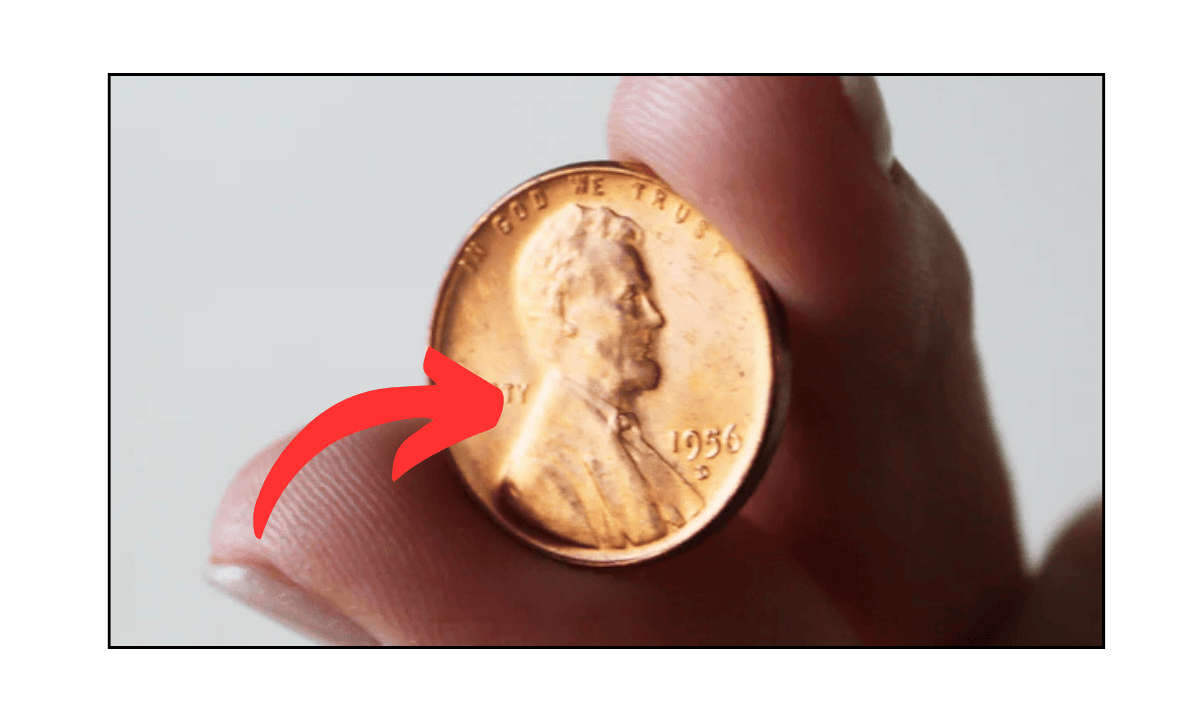
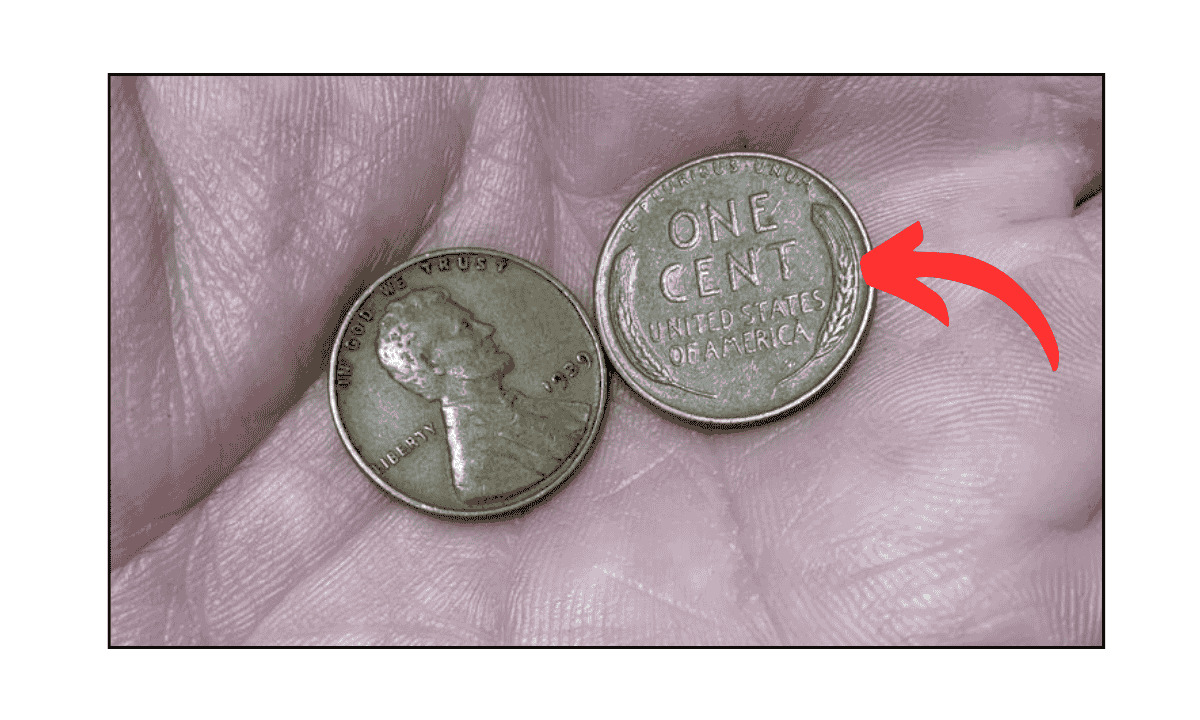
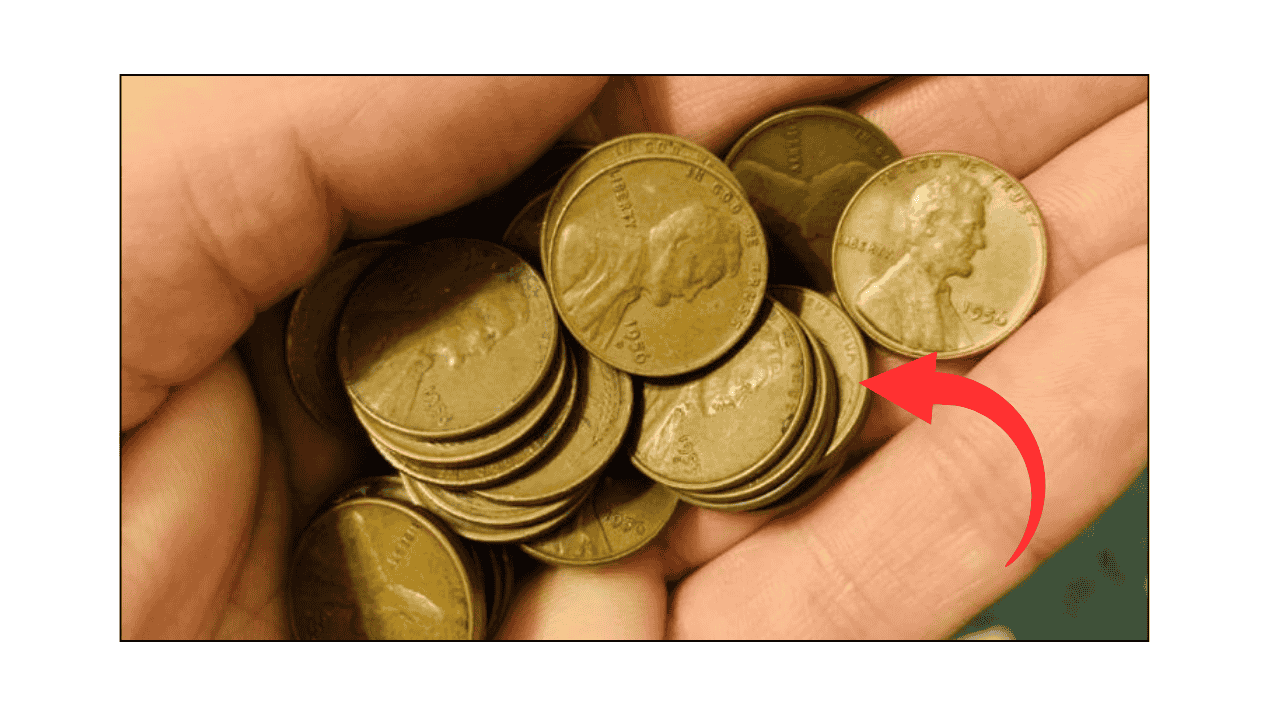
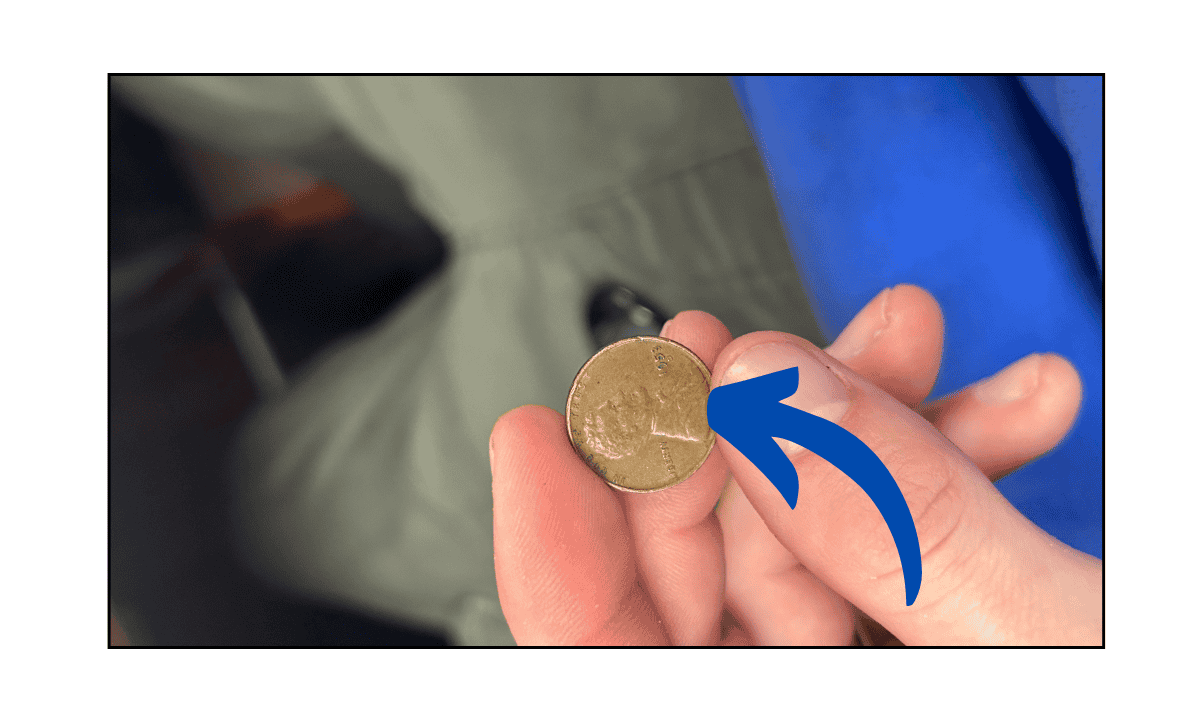
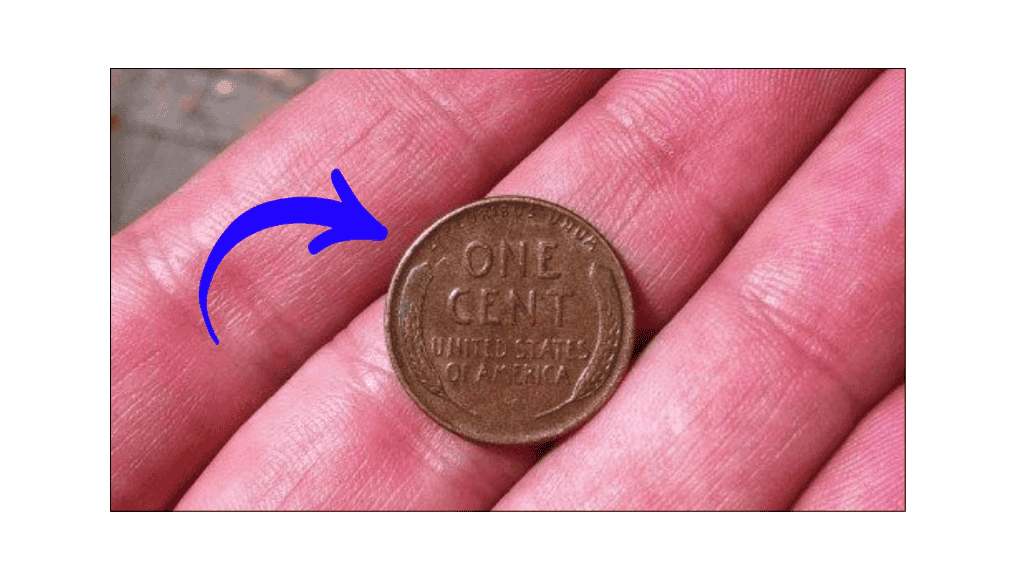
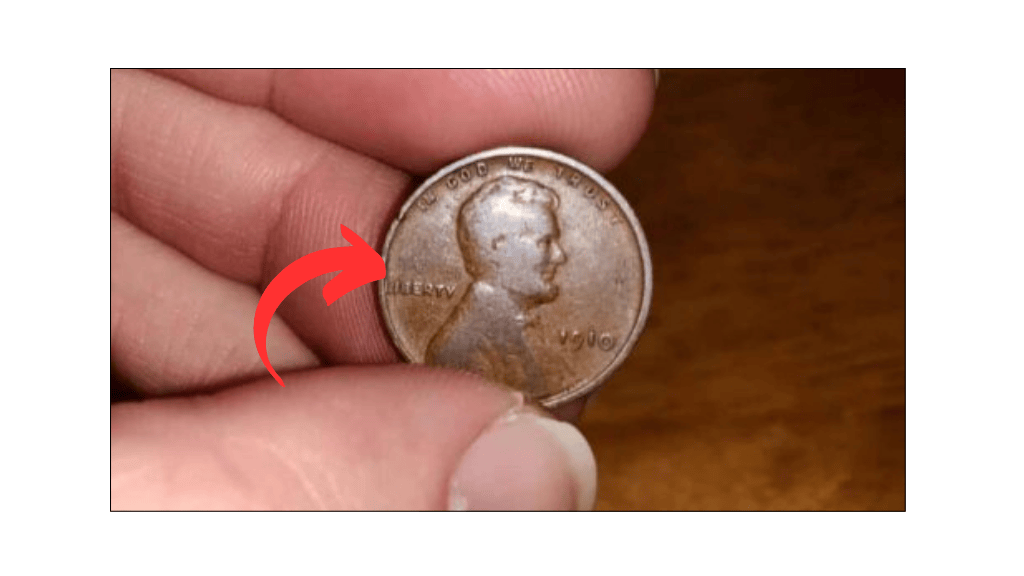



I have LINCOLN coins 1963 D
1980 1983 D